In September 2021, apple growers finally got their chance. Apple has listened to the requests of fans for several years and presented an apple phone with a display with a higher refresh rate. The iPhone 13 Pro and iPhone 13 Pro Max specifically boasted this benefit, with the giant betting on a Super Retina XDR display with ProMotion technology. Its main benefit lies primarily in the technology that brings an adaptive refresh rate of up to 120 Hz (instead of previously used panels with a frequency of 60 Hz). Thanks to this change, the image is significantly smoother and more vivid.
When the iPhone 14 (Pro) was introduced to the world a year later, the situation around displays did not change in any way. Therefore, Super Retina XDR with ProMotion can only be found in the iPhone 14 Pro and iPhone 14 Pro Max models, while iPhone 14 and iPhone 14 Plus users have to be satisfied with the basic Super Retina XDR display, which does not have ProMotion technology and therefore has a refresh rate of " only” 60 Hz.
It could be interest you
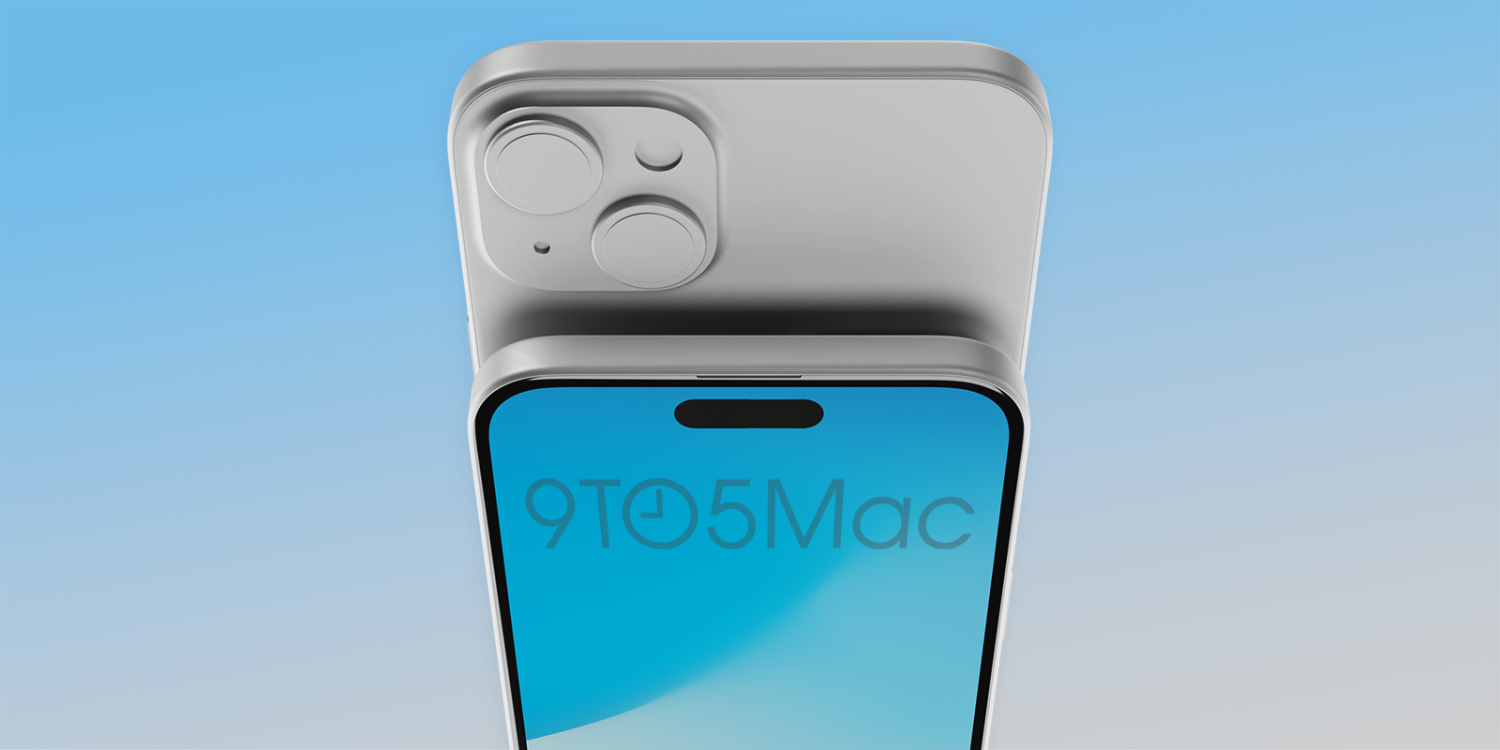
ProMotion as a privilege of Pro models
As you can see, ProMotion technology is currently one of the privileges of the Pro models. So, if you are interested in a smartphone with a more "lively" screen, or with a higher refresh rate, then in the case of Apple's offer, you have no choice but to invest in the best. At the same time, this is one of the less important differences between basic phones and Pro models, which can be a certain motivation to pay extra for a more expensive variant. In the case of Apple, this is actually nothing unusual, which is why you probably won't be surprised by the news that the iPhone 15 series will be the same. Pro models.
But if we look at the entire smartphone market, we find that this is a relatively rare case. When we look at the competition, we can find a number of significantly cheaper phones that have a display with a higher refresh rate, even for several years. In this regard, Apple is paradoxically behind and one could say that it is more or less lagging behind its competition. The question is therefore what motivation does the Cupertino giant have for this distinction? Why don't they put a display with a higher refresh rate (120 Hz) in the basic models as well? But now let's move on to the most important thing. In fact, there are two critical reasons that we will now focus on together.
Price & Cost
In the first place, there can be nothing other than the price in general. Deploying a better display with a higher refresh rate is understandably a bit more expensive. In order for the adaptive refresh rate, which can change the current value based on the rendered content and thus save battery life, for example, to work at all, it is important to deploy a specific OLED panel with LTPO display technology. This is exactly what the iPhone 13 Pro (Max) and iPhone 14 Pro (Max) have, which makes it even possible to use ProMotion with them and give them this benefit. On the contrary, the basic models do not have such a panel, so Apple is betting on cheaper OLED LTPS displays.
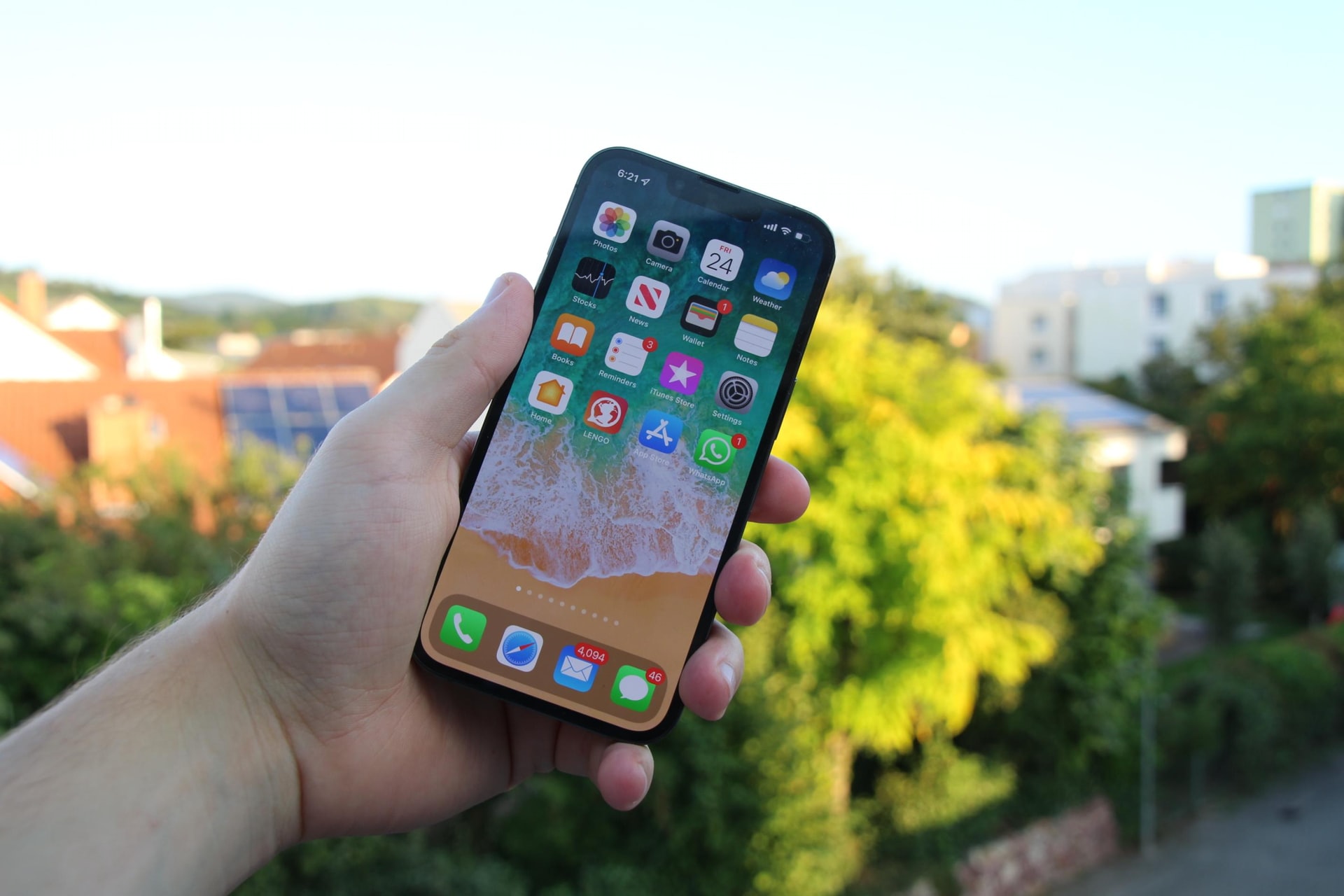
Deploying OLED LTPO in basic iPhones and iPhones Plus would therefore increase their production costs, which could affect the overall price of the device. With a simple restriction, Apple not only prevents this phenomenon, but above all avoids "unnecessary" costs and thus can save on production. Although users may not like it, it is more than clear that this very reason plays a very important role.
Exclusivity of Pro models
We must not forget another key reason. A higher refresh rate is a fairly key attribute these days, for which customers are happy to pay extra. Apple thus has the perfect opportunity not only to make money, but at the same time to make the Pro models a bit more exclusive and valuable. If you are interested in an iPhone in general, i.e. a phone with iOS and you care about the device having ProMotion technology, then you have no choice but to go for the more expensive variant. The Cupertino giant can thus "artificially" distinguish basic phones from Pro models in quotes.
It could be interest you
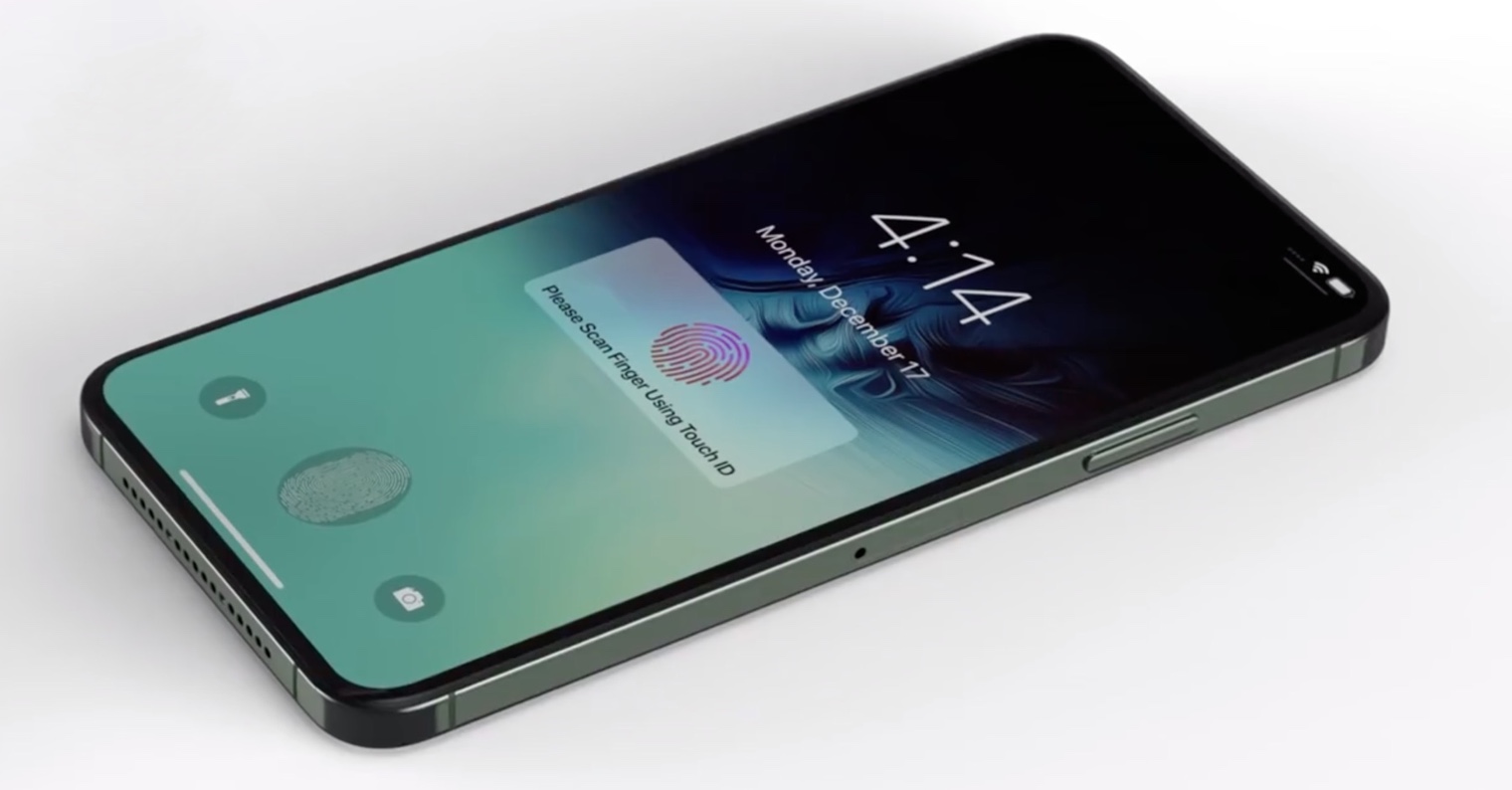
 Flying around the world with Apple
Flying around the world with Apple 
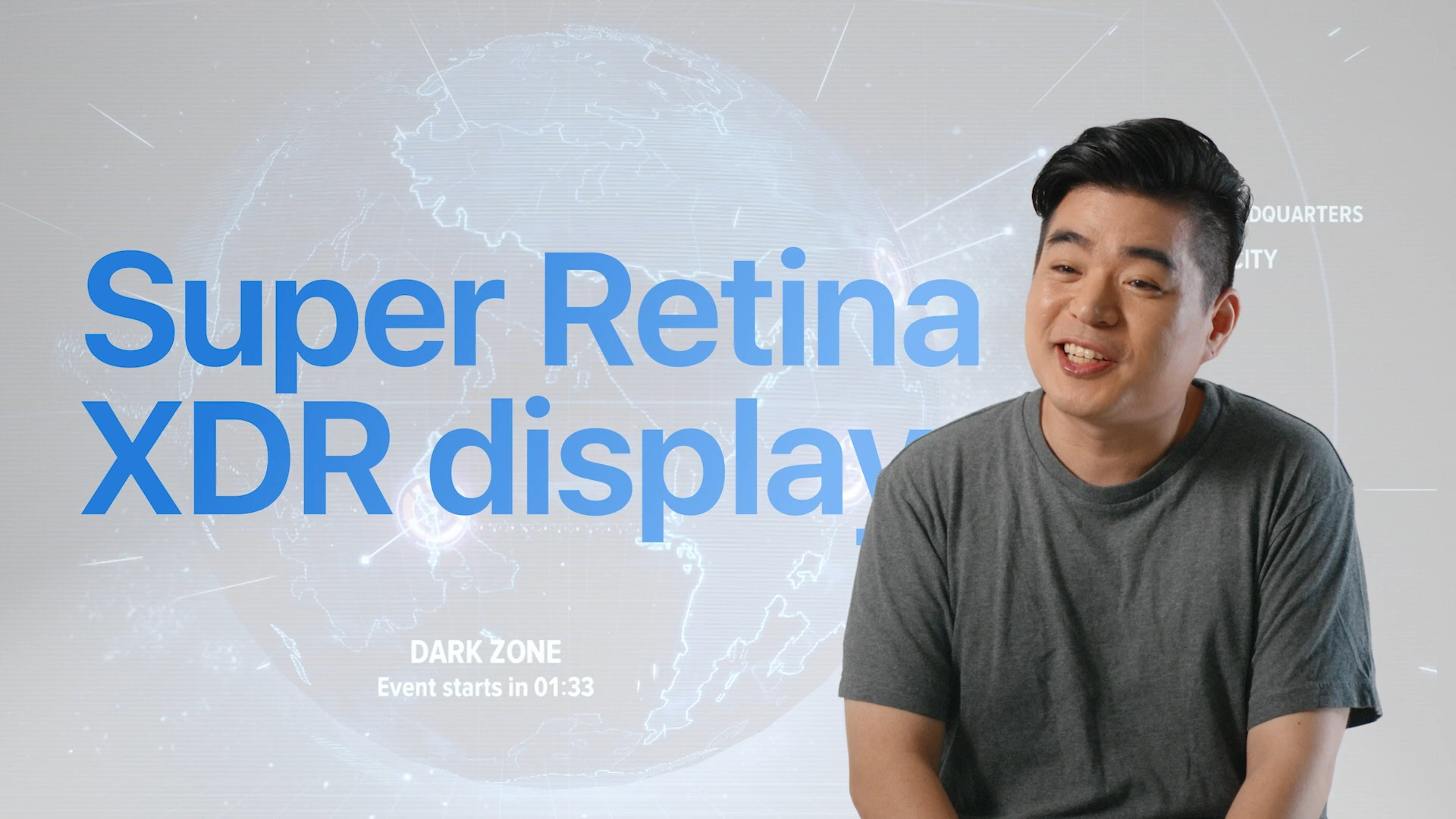

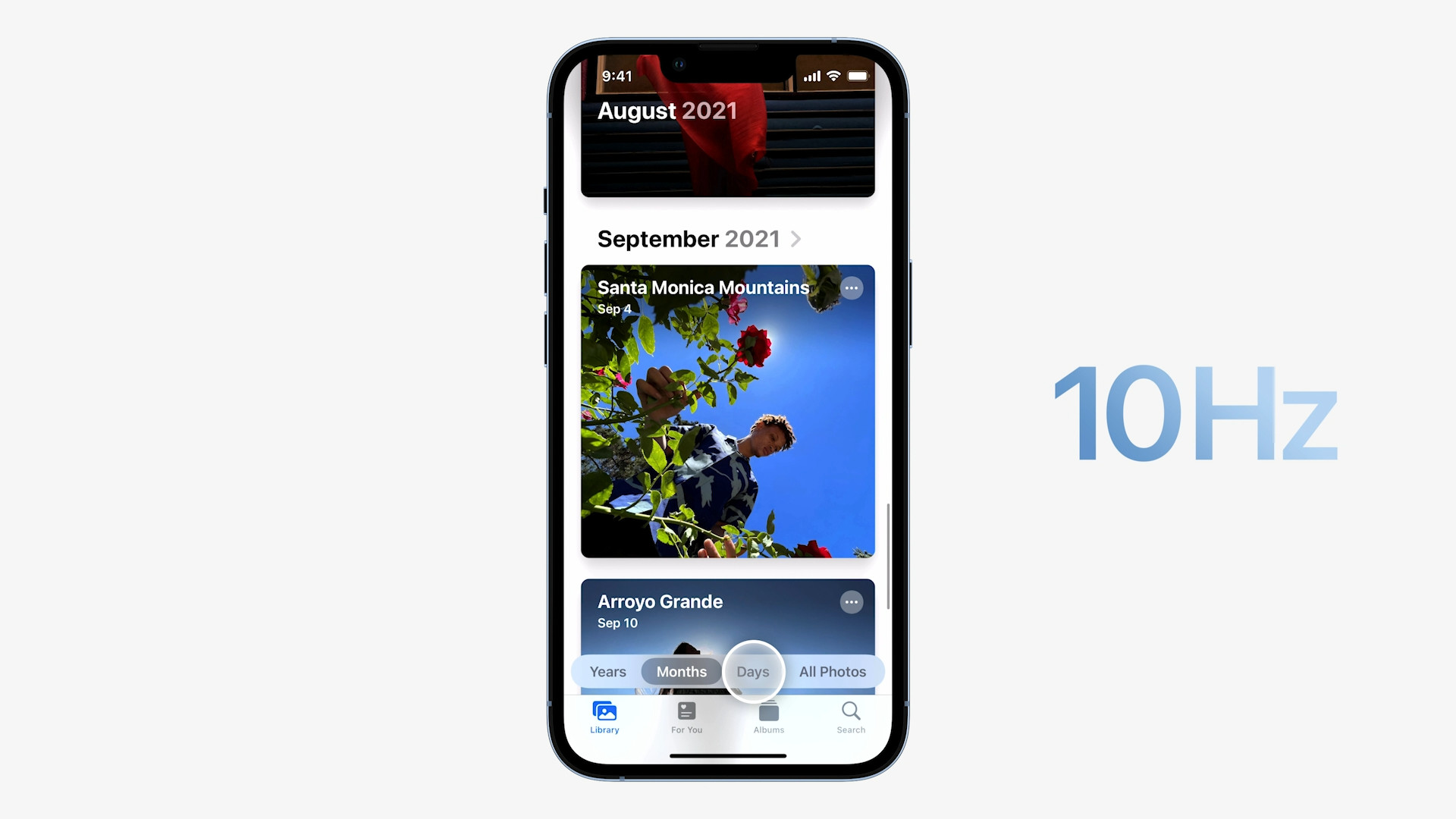


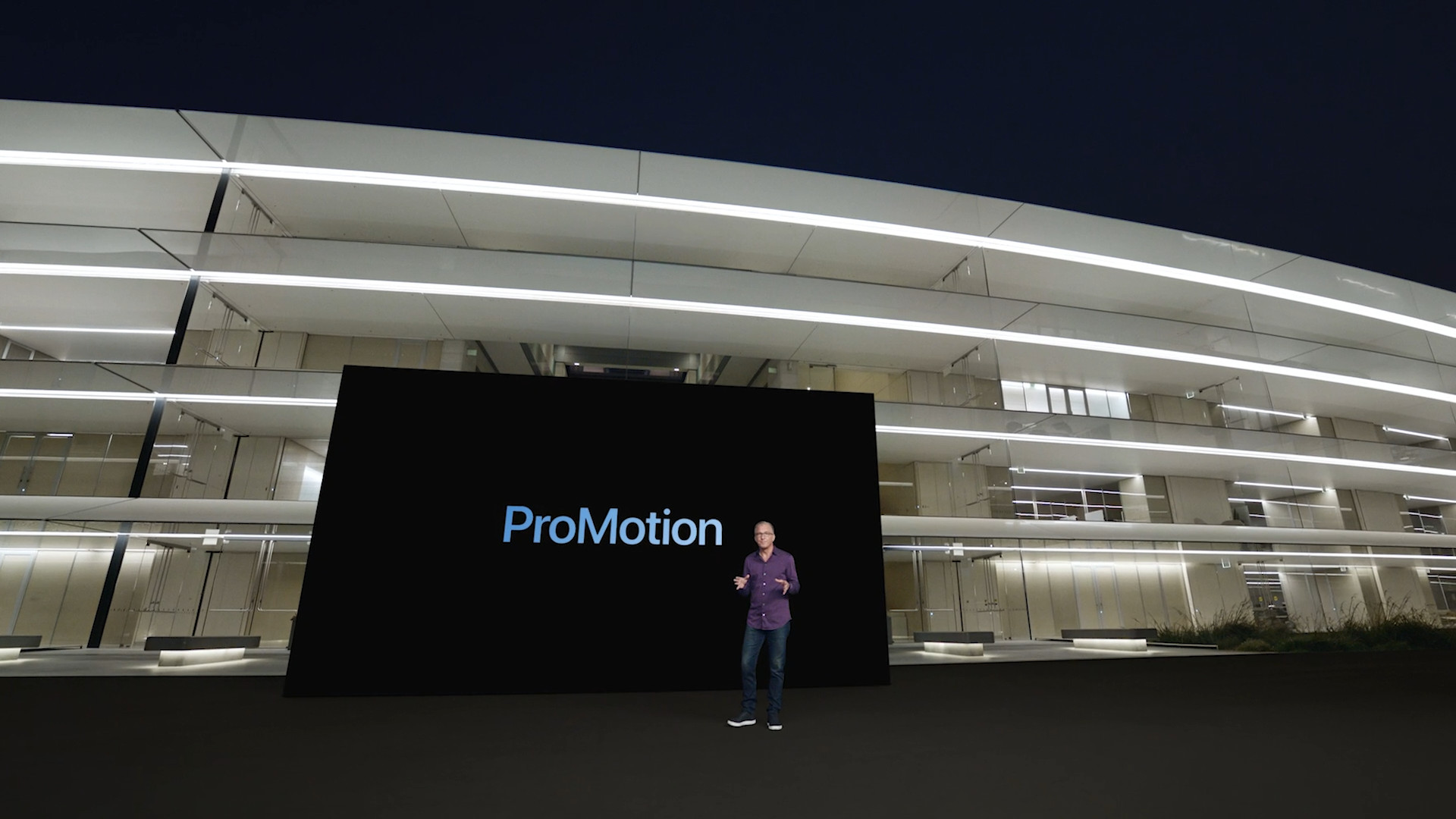
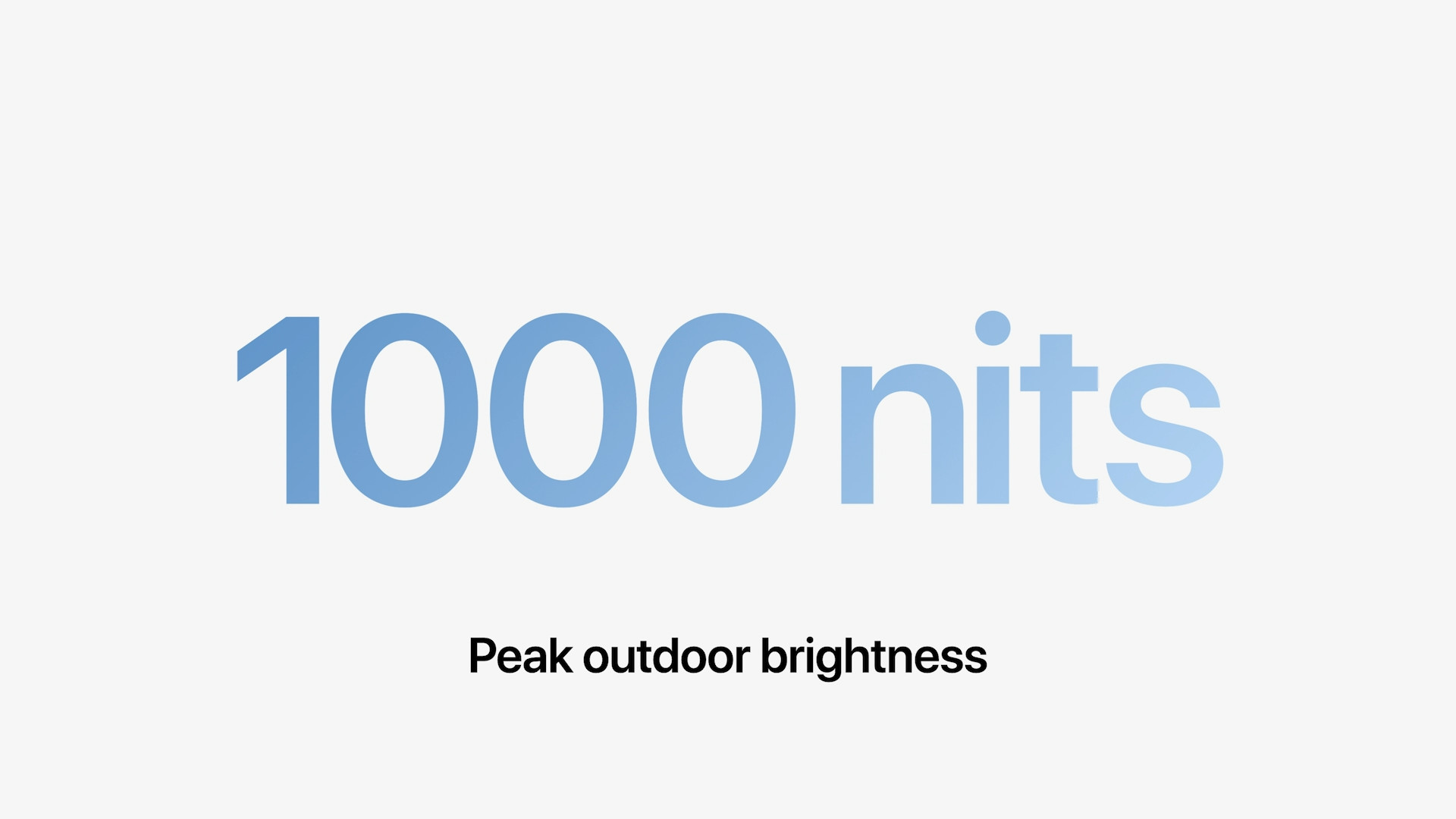

Do you think it would be possible to try to omit the word "giant" in at least one article. It's terrible…
The scribblers here are worse than the nasty green Alsatian goblin. They have everything gigantic, brutal, maximum...